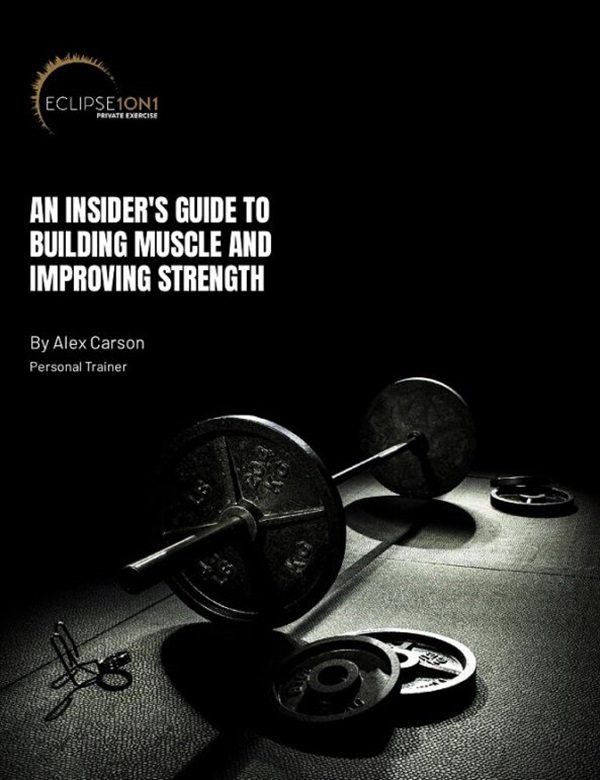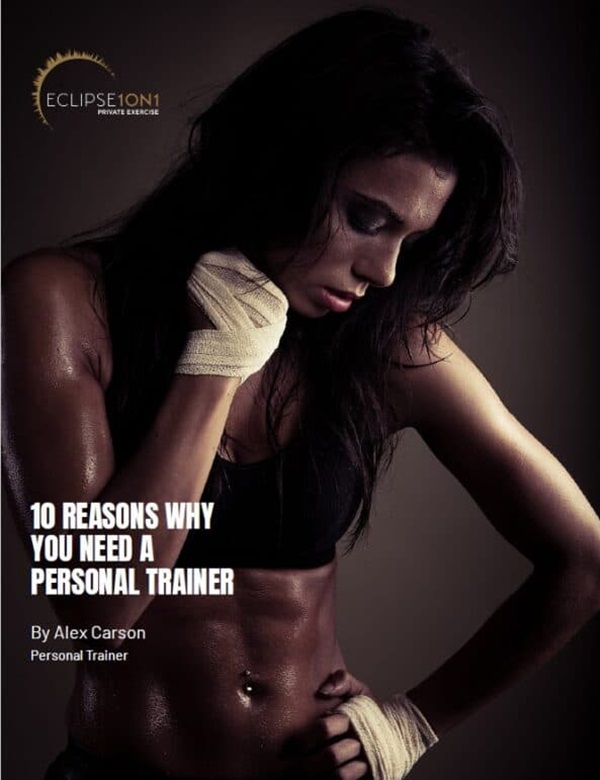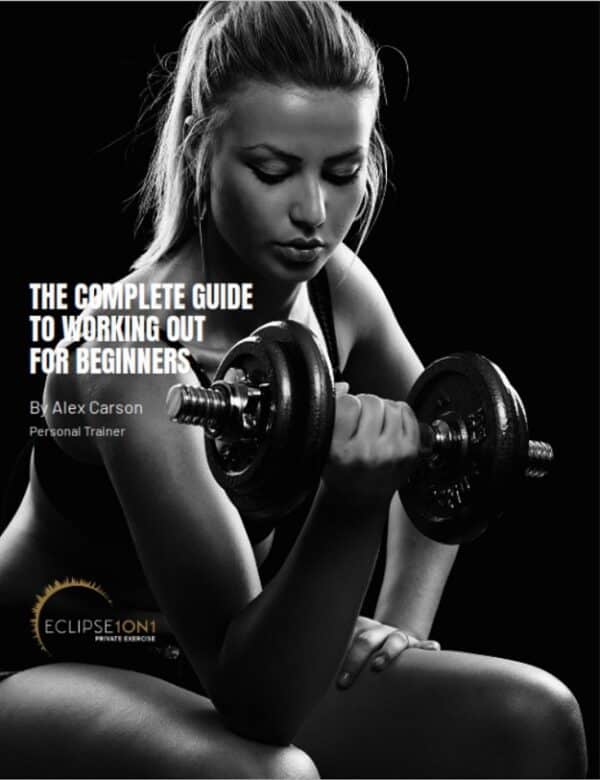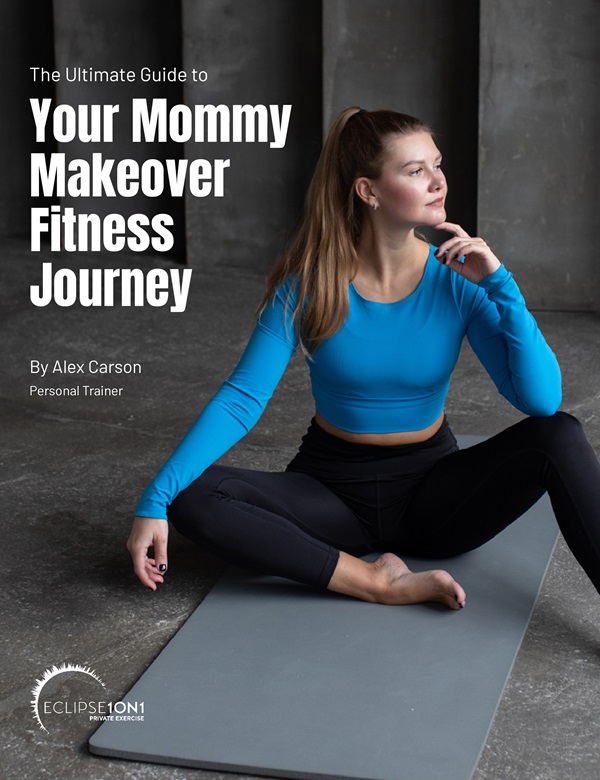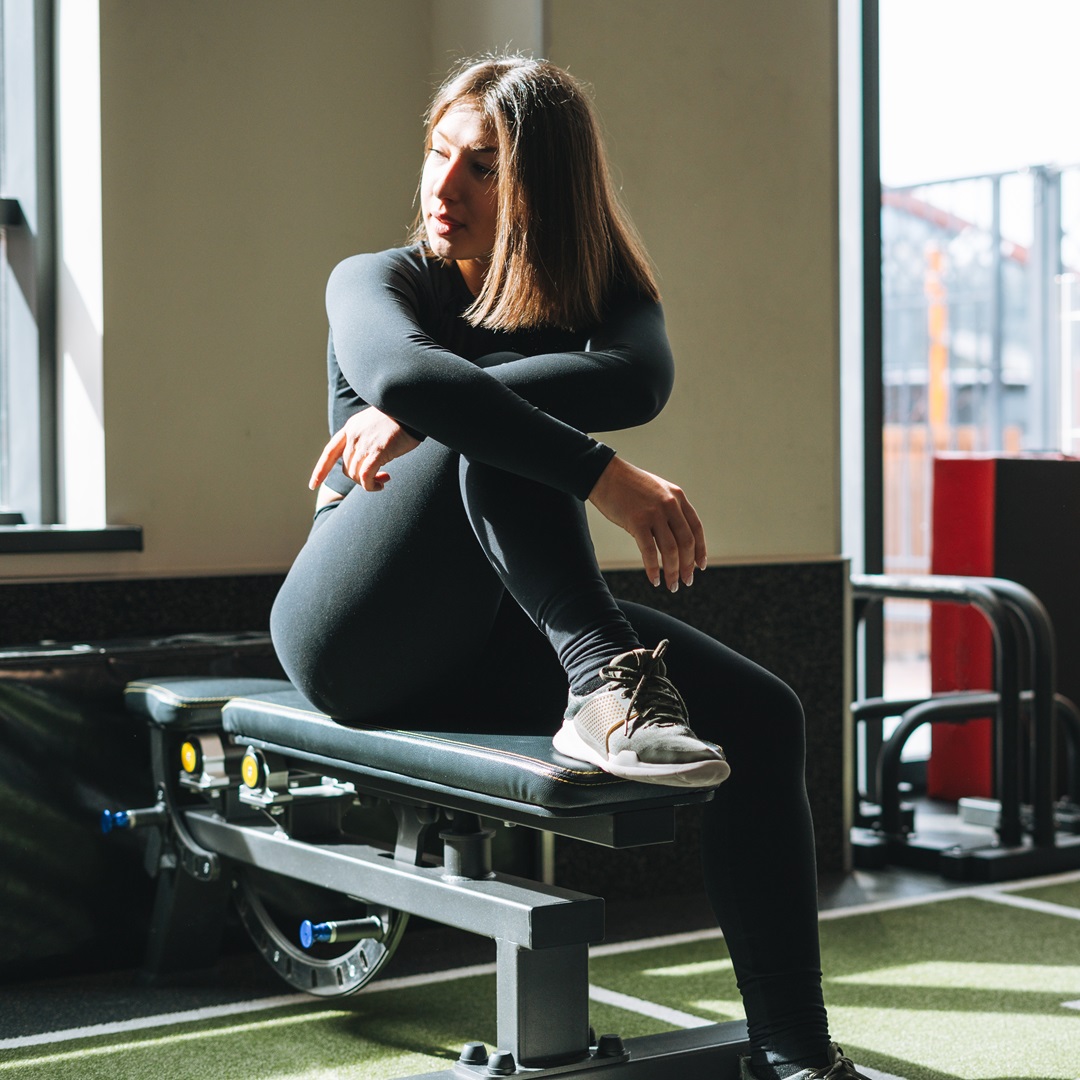How to Start Working Out for Beginners
How to Start Working Out for Beginners
When you set out on an exercise program, the first thing you should do involves no movement at all.
At least no physical movement. What we’d most like to see you do is find joy in your outlook. Joy, rather than dread, is the rational approach to beginning a workout program, and here’s why.
Our experience with thousands of beginners shows that the rewards of their exercise come sooner and reach more levels of their lives than they even imagine in the beginning. The sense of satisfaction, of fulfillment – or even just relief – comes even before they notice muscles gaining definition or cardio getting more efficient. It’s not a trendy word, but pride is a big part of what people get from starting a proper program of exercise, even if it is a private sort of pride.
You’re doing this. Most folks aren’t. And you’re already reaping the rewards with that feeling.
Get a Baseline Assessment
Just picking exercises to do would skip some important steps. Practically anyone, at any age, should get a medical checkup to see whether there are any conditions that call for special attention or accommodation in your approach to exercise. Even professional athletes start each season with an overall “physical,” so it’s not being paranoid to get a checkup.
Second, get an assessment interview with an experienced exercise professional. The Internet can be a good tool for reinforcing your program, once you have one, but it’s a terrible place to begin. The vast haystack of exercise advice you’ll find there is not unbiased, and certainly way too general to be particularly good for you. Talk to a pro about your goals and your own past experience. With a clear picture of what makes you, you, the sets of exercise you use to embark are far more likely to do you good.
Some Factors to Consider
Starting out, there are some big, wide facts that may influence the goals you set personally, and in consultation with your trainer. Perhaps the first is that obesity is rising to epidemic proportions in the prosperous world. About 40% of Americans are obese, including nearly 20% of children. And as you probably know, it is related directly to a couple of the top-five things that can shorten a person’s life.
Exercise is one of the solutions for that, and, as a result, fat-burning plays a role in most people’s goals. How we get there can be personally and expertly aimed, yet, in most cases, it involves exercises that not only burn fat, but also help the heart and lungs do their jobs. That’s the famous “cardio” and the benefits of doing it are many.
Often, people aren’t aware initially of the good that resistance exercise – muscle building – can play. Increasing muscle mass and tone actually dials up the metabolism significantly, so that you’re burning more calories, even at rest. It’s like interest – making money in your sleep. And speaking of sleep, regular exercise and weight loss often improves a person’s quality and duration of sleep, too.
Know Your Terminology
- Aerobic/cardiovascular activity. These are exercises that are strenuous enough to temporarily speed up your breathing and heart rate. Running, cycling, walking, swimming, and dancing fall in this category.
- Maximum Heart Rate is based on the person’s age. An estimate of a person’s maximum age-related heart rate can be obtained by subtracting the person’s age from 220.
- Flexibility training or stretching. This type of workout enhances the range of motion of joints. Age and inactivity tend to cause muscles, tendons, and ligaments to shorten over time. Contrary to popular belief, however, stretching and warming up are not synonymous. In fact, stretching cold muscles and joints can make them prone to injury.
- Strength, weight, or resistance training. This type of exercise is aimed at improving the strength and function of muscles. Specific exercises are done to strengthen each muscle group. Weight lifting and exercising with stretchy resistance bands are examples of resistance training activities, as are exercises like pushups in which you work against the weight of your own body.
- Set. Usually used in discussing strength training exercises, this term refers to repeating the same exercise a certain number of times. For instance, a weight lifter may do 10 biceps curls, rest for a few moments, then perform another “set” of 10 more biceps curls.
- Repetition or “rep.” This refers to the number of times you perform an exercise during a set. For example, the weight lifter mentioned above performed 10 reps of the bicep curl exercise in each set.
- Warm up. This is the act of preparing your body for the stress of exercise. The body can be warmed up with light intensity aerobic movements like walking slowly. These movements increase blood flow, which in turn heats up muscles and joints. At the end of your warm-up, it’s a good idea to do a little light stretching.
- Cooldown. This is the less-strenuous exercise you do to cool your body down after the more intense part of your workout. For example, after a walk on a treadmill, you might walk at a reduced speed and incline for several minutes until your breathing and heart rate slow down. Stretching is often part of a cooldown.
A 4-Week Beginner’s Workout Program
This program isn’t just for the true beginner who has never touched a weight before; it’s also suitable for anyone who has taken an extended leave of absence from training. How long has it been since you went to the gym regularly? Six months? A year? Five years? No worries. The routines suggested in its program will get you back on track in just four short weeks.
- Week 1: Full-body split: You’ll begin the program with a full-body training split, meaning you’ll train all major body parts in each workout (as opposed to “splitting up” your training). Train three days this first week, performing just one exercise per body part in each session. It’s important that you have a day of rest between each workout to allow your body to recover; this makes training Monday, Wednesday and Friday—with Saturday and Sunday being rest days—a good approach.
- Week 2: Two-day split: Upper body/Lower body: You’re only a week into the program, yet you’ll begin to train different body parts on different days with a two-day training split (meaning the entire body is trained over the course of two days, rather than one as in the first week). You’ll train a total of four days this week; the split includes two upper-body days (Monday and Thursday) and two lower-body days (Tuesday and Friday), and each body part is trained twice. Wednesday, Saturday and Sunday will be your recovery days.
- Week 3: Three-day split: Push/Pull/Legs: In the third week of the program, you step it up to a three-day training split: Train all “pushing” body parts (chest, shoulders, triceps) on Day 1; hit the “pulling” body parts (back, biceps) and abs on Day 2; and work your lower body (quads, glutes, hamstrings, calves) on Day 3. As in Week 2, you train each body part twice a week, so you’ll hit the gym six days this week.
- Week 4: Four-day split: Full body: In the fourth and final week of the program, you’ll train four days in a four-way split that hits each body part just once (except for calves and abs, which are each trained twice). Four-day splits are common among experienced lifters because they involve training fewer body parts (typically two or three) per workout, which gives each muscle group ample attention and allows you to train with higher volume. As you’ll see, chest and triceps are paired up, as are back with biceps and quads with hamstrings, each a very common pairing among novice and advanced bodybuilders. Shoulders are trained more or less on their own, and you’ll alternate hitting calves and abs—which respond well to being trained multiple times per week—every other workout. No new exercises are introduced in Week 4 so that you can focus on intensity in your workouts instead of learning new movements.
If you need more personal advice and a program tailored just for you, then we can help. We like to say that our accomplished team of personal trainers are as invested in your success as you are at Eclipse 1-on-1. We see it every day, and it makes us different. It is an advantage that’s especially important to put on your side when you’re beginning a fitness program, and we can help you make it a way of life you enjoy.

